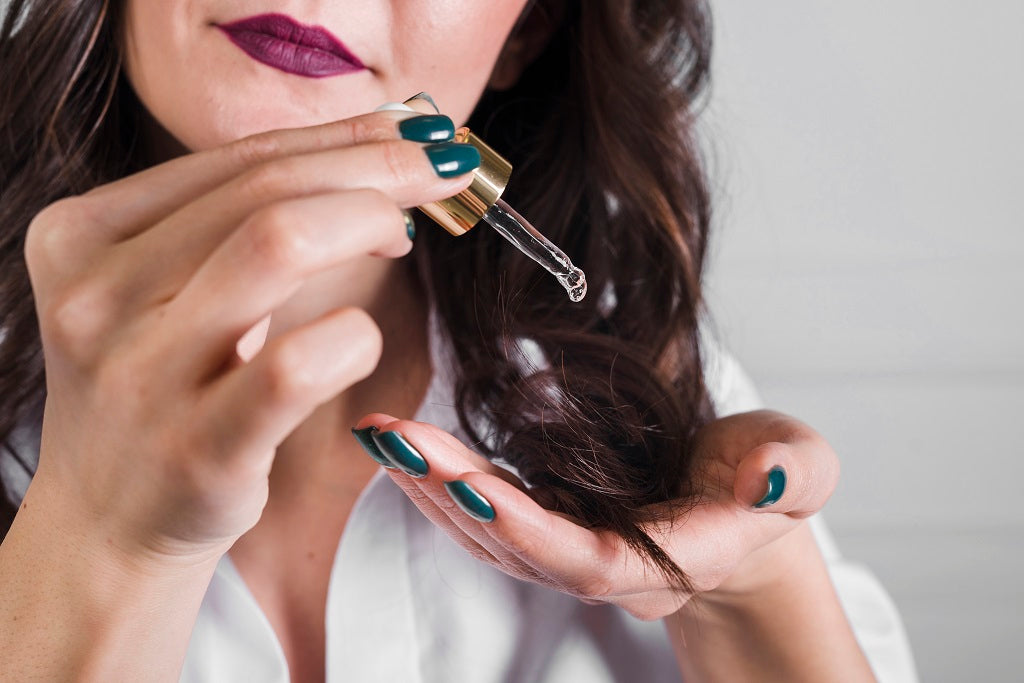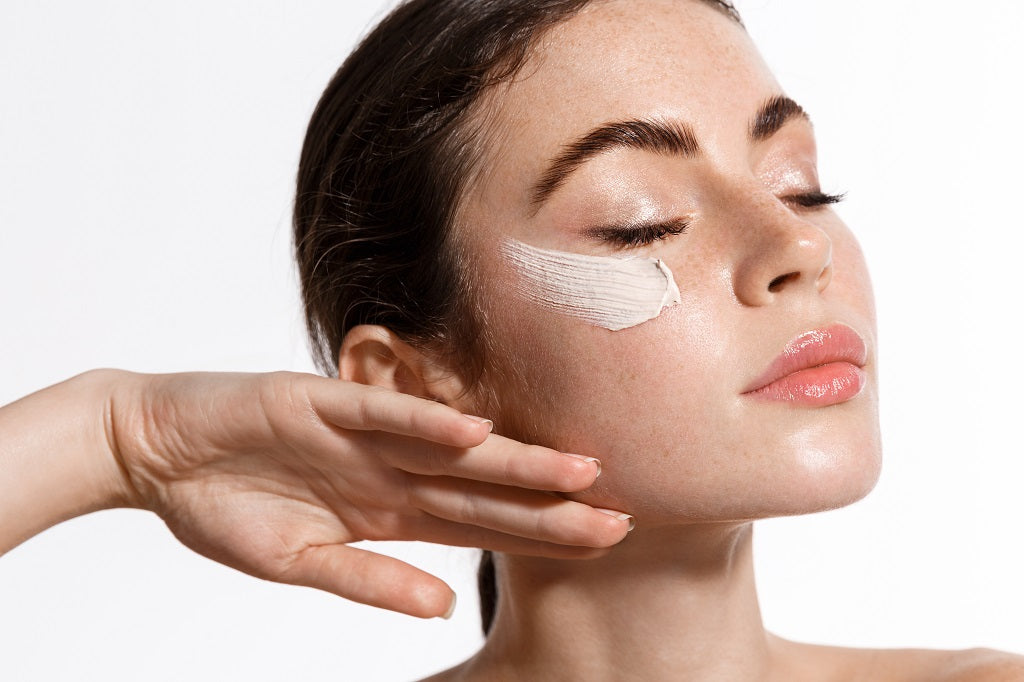You’re bound to face hair fall at some point in your life, irrespective of gender and age. But hair loss journeys differ from one person to another. It can occur all of a sudden without a warning or it can be slow and gradual. However, whenever a conversation around hair fall occurs, our mind quickly pictures a bald patch on a male. But the truth is, hair fall affects both the genders and
can take different forms in men and women depending on the cause. Generally, hair loss is triggered by issues related to the consumption of nutrition, stress intake and other autoimmune disorders. Your age and the stage of life you're in are also important factors influencing the condition.
According to the American Academy of Dermatology, shedding 50 to 100 hair strands a day is normal. The hair lost in normal shedding is replaced with new hair. When should I be concerned, you ask? If you begin to lose more hair than usual. That’s your cue to take necessary action.
Also Read : 20 Useful Natural Tips And Remedies To Stop Hair Fall
Types Of Hair Loss

There are broadly four different types of hair loss. One common factor that binds all of these types together is the symptom that something wrong is happening in the regular functioning of your body. Think about it! Your hair would remain on your head, where it ideally should be if that isn’t the case. The types of hair loss include,
1. Androgenic Alopecia
Alopecia refers to extreme hair loss. Androgenetic Alopecia, one of the most common kinds of hair fall found in both men and women, is a genetic condition. The condition is characterized by progressive loss of hair at any stage after puberty. It is caused by a shift in androgens, a male hormone, which is responsible for regulating hair growth in both the genders. When the levels of androgen in your system shoot up, it leads to Androgenetic Alopecia. The condition often results in thinning hair, too.
2. Traction alopecia
Do you pull the life out of your hair with tight ponies, complicated braids or high top buns on a regular basis? Then, chances are Traction alopecia is around the corner for you. The major reason behind this hair loss is the repeated pulling of your hair. If you subject your hair to chemicals and heat frequently, that’ll also religiously contribute to causing this hair loss condition. Traction Alopecia is not permanent. Since the reason behind the condition is the constant trauma undergone by your hair follicles, it can be put to an end by making changes to the hairstyles you go for!
3. Telogen effluvium
Telogen Effluvium, is a hair loss condition experienced by people after going through a traumatic or intensely stressful event in their life. The extremity of the trauma disturbs the regular hair cycle which leads to large chunks of hair falling out from the scalp while brushing or washing hair. Temporary and reversible, this type of hair loss is found most commonly among women. The hair lost through this condition grows back once the resulting problem is established and addressed.
4. Anagen effluvium
This hair loss condition caused by certain environmental factors result in excessive hair fall for a short period of time. The reasons include medical conditions such as infections, chemotherapy or medications. Anagen Effluvium weakens your hair strands and makes them brittle, because of which hair begins to break super easily. This abrupt hair fall often leads to bald patches on the head. It takes approximately 6 months to recover from the hair fall condition and for the hair follicles to fall in line with the regular hair growth cycle.
Also Read : How To Stop Hair Fall : Common Causes And Home Remedies
Difference Of Hair Loss In Men And Women

Research suggests that men are most likely to deal with hair loss problems majorly after hitting fifties and women, after menopause. It’s interesting how the same issue looks distinct in both genders. When it comes to Androgenetic Alopecia or male pattern baldness, hair fall begins from the central part of the scalp to proceed to a receding hairline in an m-shape. As hair fall eventually progresses to the area just above the temples, evident bald patches can be seen in the crown portion. With time and ignorance, the condition might even result in complete baldness.
As compared to men, women’s hair loss is more subtle and gradual. Women do not usually struggle with complete baldness. The density of hair keeps falling evenly across the entire scalp with minimal involvement of the hairline. As the hair loss progresses, scalp exposure keeps increasing.
Also Read : Causes Of Hair Loss In Women
While hair fall is equally devastating for men and women, the psychological toll a hair loss can take on a woman is unimaginable. Probably because the societal standards of female beauty are unrealistically high. It is estimated that over 50% of women experience hair loss in their lifetime. But the research and effort that has gone into treating female hair loss isn’t satisfactory. If you’re a woman who is struggling with hairfall, you need to check out Anveya’s Ban-the-fall Serum to fight hair loss - the best hair loss treatment out there! It’s a mild and effective solution that guarantees significant hair loss reduction within 30 days!
ANVEYA BAN THE FALL ONLY FOR WOMEN,120ML
• Reduces hair loss in women
• Strengthens hair from the roots up
• Increases multiplication of hair follicles
• Soothes the scalp promoting denser hair
Disclaimer: All the content on anveya.com/blogs is solely for information. It is not intended to be a substitute for professional medical advice, diagnosis or treatment. Always seek the advice of your physician or a qualified health care provider. The information, suggestion or remedies mentioned on this site are provided without warranty of any kind, whether express or implied.




